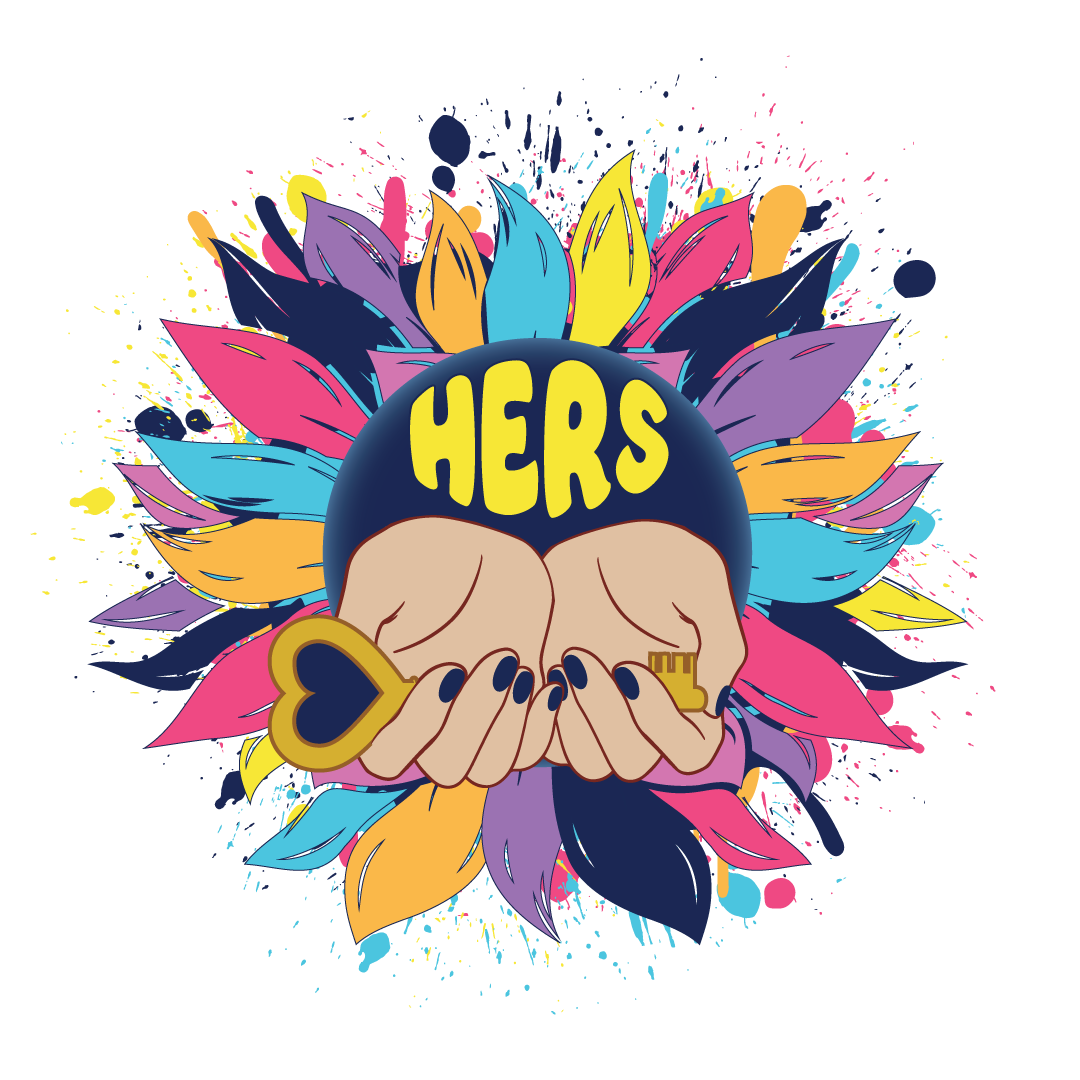In the shadows of bustling cities and remote corners of the world, a sinister trade thrives, often unseen yet devastatingly pervasive—human trafficking. Often referred to as modern-day slavery, human trafficking transcends borders, affecting millions globally. This article delves into the harrowing reality of this crisis, its victims, and the hope that organizations like HERS offer.
Understanding the Crisis
Human trafficking involves the recruitment, transportation, or harboring of people through force, deception, or coercion, with the intent of exploitation. While many assume it solely relates to sexual exploitation, victims can also be trapped in forced labor, involuntary domestic servitude, and even organ trafficking.
Global statistics are alarming. According to the United Nations Office on Drugs and Crime, women and girls make up a significant proportion of trafficking victims, particularly for sexual exploitation. The reasons? A toxic mix of poverty, lack of education, and gender-based discrimination.
Stories from the Shadows
Rosa’s Ordeal: At just 16, Rosa’s dreams of a college education were replaced with a nightmare. Lured by a job opportunity abroad, she found herself trapped in a foreign land, her passport taken, and forced into domestic servitude.
Anika’s Escape: Anika, a mother of two, was deceived into believing she’d found a well-paying job in a neighboring country. Instead, she was sold into a brothel. Her eventual escape, with the help of a local NGO, highlighted the importance of awareness and international cooperation.
While Rosa and Anika’s names have been changed to protect their identities, their stories reflect the traumatic reality faced by countless victims.
The Role of Society
A significant facilitator of human trafficking is societal ignorance. Often, the signs of trafficking go unnoticed. Victims may be working in plain sight, from neighborhood nail salons to farms. However, stereotypes and misconceptions—like the belief that all trafficked persons are physically restrained—prevent timely interventions.
Raising awareness is crucial. Recognizing signs, understanding the complexities, and dismantling misconceptions can empower communities to be the first line of defense against traffickers.
The Beacon of Hope: Organizations like HERS
In the bleak landscape of human trafficking, organizations like HERS stand as pillars of hope. Providing immediate assistance to victims, they offer a safe haven, essential counseling, and the tools to rebuild shattered lives.
HERS, with its dedicated team, works tirelessly to rescue and rehabilitate victims. Beyond immediate aid, they focus on long-term solutions—education, vocational training, and psychological support. By empowering victims to become survivors and advocates, HERS plays a pivotal role in not only individual recoveries but also in raising global awareness.
How You Can Make a Difference
Combating human trafficking isn’t a task reserved for NGOs and governments. Every individual can play a role. By educating oneself, raising awareness in communities, supporting organizations like HERS, and being vigilant, we can collectively build a world free from the chains of trafficking.
Simple acts, like sharing articles, attending workshops, or even volunteering, can have ripple effects in this fight against trafficking.
Human trafficking remains one of the darkest stains on our global conscience. But with informed societies, dedicated organizations, and collective action, we can challenge and ultimately dismantle the networks that perpetuate this trade. The fight is long, but with resilience, awareness, and unity, a brighter, safer future is achievable.
Join HERS in the fight against human trafficking. Educate, advocate, and contribute. Together, let’s illuminate the shadows and end this crisis.
